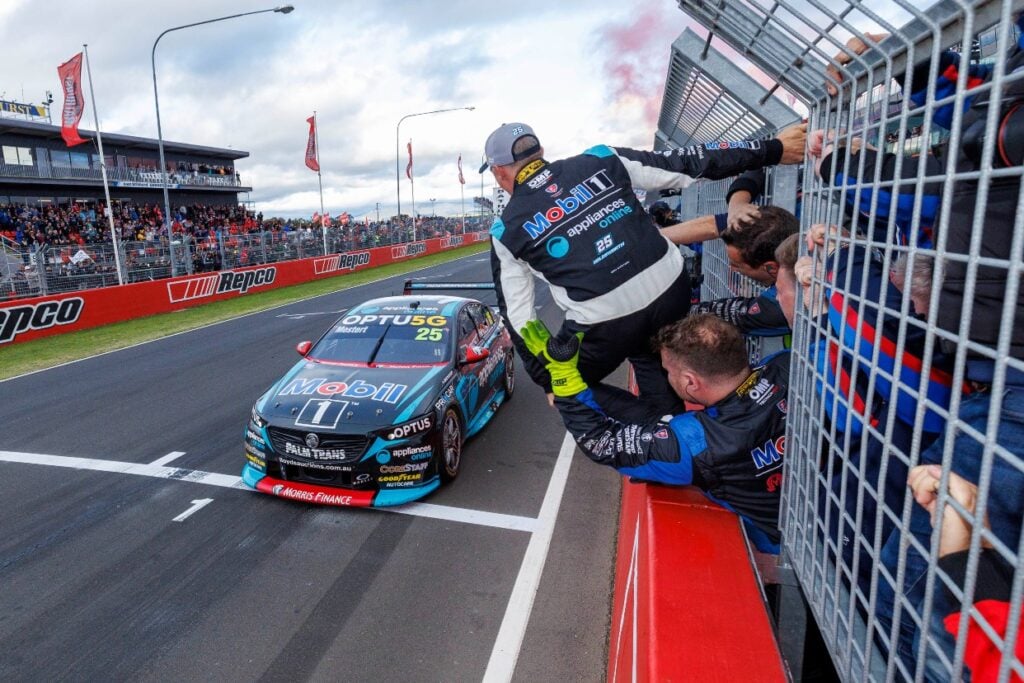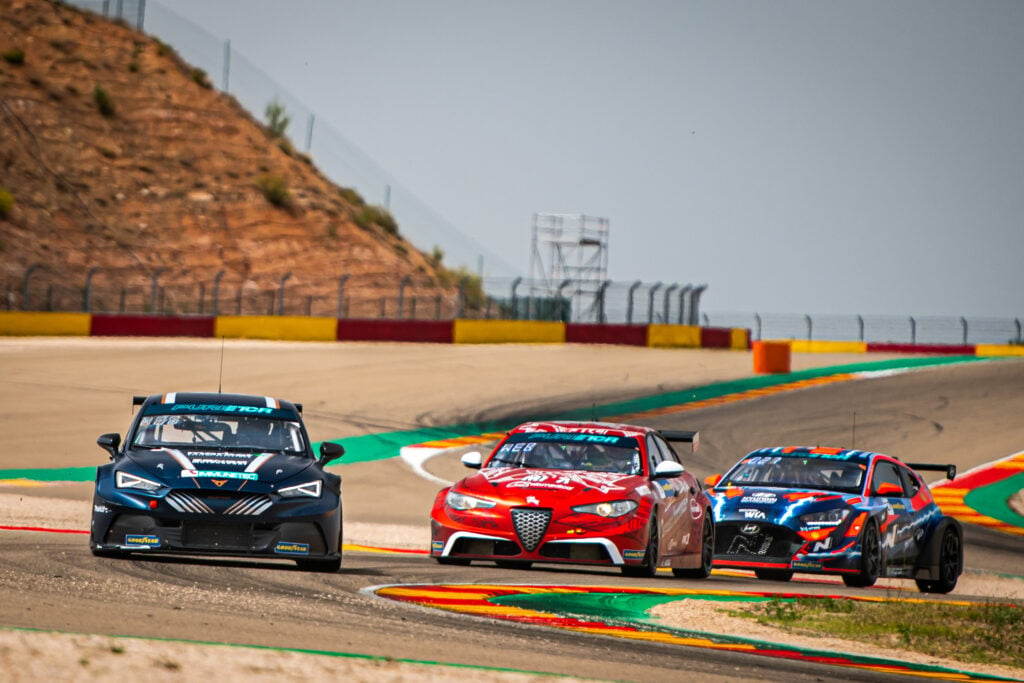ALL the ingredients are there for Daniel Ricciardo to become the first Australian Formula One World Champion since Alan Jones in 1980.
He’s got the dream drive, with Red Bull Racing likely to benefit from the sport’s technical regulation revamp that will see this year’s cars between 3-6 seconds a lap faster. The team’s chief technical officer, Adrian Newey, is the most successful designer in F1 history with 10 championship-winning cars to his name.
He’s got that searing qualifying pace, as demonstrated with his razor-sharp lap in Monaco last year, one of the best-ever seen in the principality – and has a racer’s head during grands prix, his opportunistic win in Malaysia taken with young gun teammate Max Verstappen breathing down his neck in the final 15 laps.

“Mentally not much has changed,” the 27-year-old says, when asked if he’s ready for the pressure of a title winning car and campaign.
“I feel like my head space has been where it’s needed to be in the last few years. Obviously I’m hoping for the best but am not going to be caught up in it. Sure, if the car is ready then I know I’m ready.”
To prepare for the coming season, dubbed “the toughest in F1 history,” Ricciardo spent most of the off-season sweating it out in his hometown of Perth – and later away from distraction stateside in Los Angeles.
Make no mistake; upping the training this year was a must. The new cars are a lot more physical, with wider tyres and more aggressive aerodynamics making for higher cornering speeds and additional G-forces.
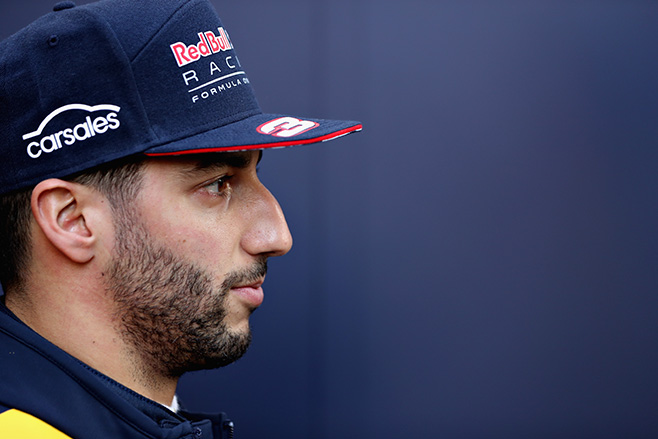
“The tyres are wider, which [therefore] means there is more tyre on the track,” Ricciardo says.
“That will make the steering heavier as well, because there is more grip so you’ll definitely feel that in your arms.
“Also, the corners are coming up quicker so there is less time to rest – and we’re probably moving ourselves quicker as well. Even though we’re tied in the car we still move a lot and the G-forces still twist your body.”
Ricciardo’s trainer, and fellow Australian, Stuart Smith ensured our man was put to the test – in sometimes-brutal conditions.
“One of the toughest that he [Ricciardo] completed was an aerobic conditioning session, which was six by three-minute fast-running efforts with three-minute recovery in between. That session was done in the middle of a hot summer’s day in Perth, with very little wind,” says Smith.
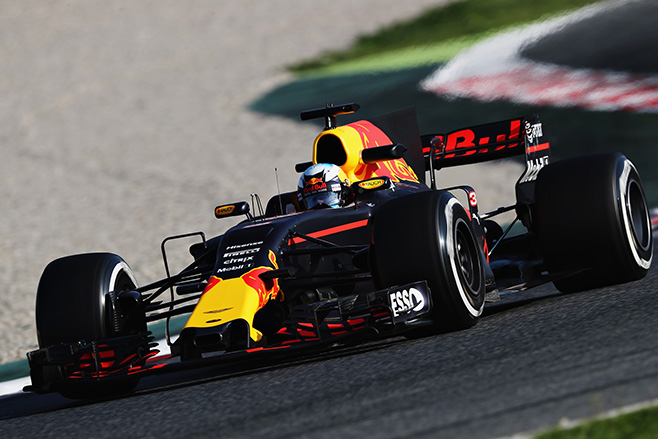
“Pre-season is always the toughest time for training,” Ricciardo says.
“It’s the time where we push ourselves the most. We stay in the same time zone, travel less and have more time to train.”
All that training will be needed from the outset here in Australia, but the real physical test will come in September, when the grid leaves Europe for Asia, including the Singapore Grand Prix.
For the drivers, Asia becomes a serious test of human endurance with cockpit temperatures reaching 55 degrees Celsius at racing speeds, made only worse by three layers of fireproof clothing and a helmet. Drivers lose up to three kilograms in fluid over a two-hour period – with this year potentially demanding even more.

It’s not an exaggeration to say the 19-year-old has stunned, with F1’s governing body, the FIA, making his pass on 2016 World Champion Nico Rosberg in Brazil –around the outside of Turn Three in torrential rain – action of the year.
As for how they matched up last year, Ricciardo controlled qualifying, with 11-6 the split since the pair joined forces from Spain. But the races were much closer – 8-7 in Ricciardo’s favour, the same for podiums when they could be compared.
It’s a fight that has the whole sport talking, with Red Bull Racing team principal Christian Horner excited about the match-up.
“We’ve probably got absolutely the most exciting driver pairing on the grid and it’s so exciting to see the development and the evolution of Max Verstappen just as he’s growing in experience and confidence,” Horner says.
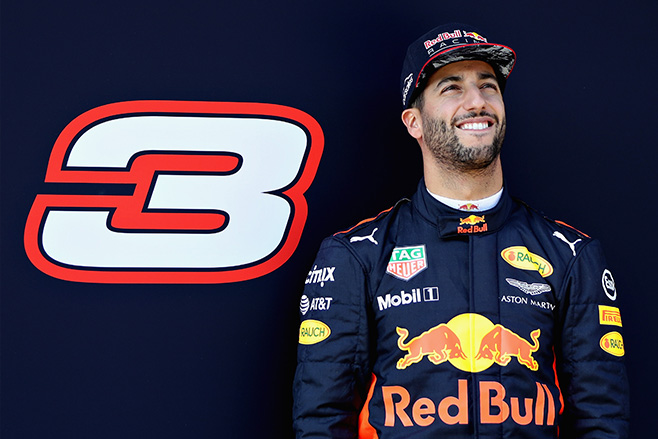
If Red Bull Racing’s RB13 is the match for Mercedes, and Ricciardo continues to be on top of his game – and stay ahead of Verstappen – then the world, and the world championship, may just be his oyster.
Singapore slingshot
The Singapore Grand Prix has regularly featured as something of a turning point in the F1 title battle. It could prove a vital one for Ricciardo.
The safety car has featured in every race at the Marina Bay Street Circuit. Four different drivers have won through the years, with Sebastian Vettel the most successful with four victories (across two teams, Red Bull Racing and Ferrari).
As the 10th edition of F1’s iconic night race, the September 15-17 Singapore Grand Prix will be bigger than ever this year with lots of special festivities planned.
Single day grandstand seats start from S$128 (about A$120), three-day tickets start from S$248 (A$235), and multi-grandstand combination packages start from S$498 (A$470 approx.) Tickets are at early-bird prices from now until May 8.
More information is available at singaporegp.sg.



